Instead we choose the longer road to good soil that often comes with some combination of composting food waste, adding mulch material, using the occasional soil amendments and turning in loads of manure. In the case of my Portland garden, a steady supply of chicken manure-filled straw, dead leaves and composted food waste made a big difference over the last few years. Now that the chickens have moved south with me to Eugene though, the soil has been sitting without much attention and I worry it will decline over time.
In an ideal world, proper garden soil looks something like this: 25% air, 25% water, 45% soil and 5% organic matter. It feels spongy, has a rich brown color and smells like good earth. The air is important in the soil because it creates a space to retain water, offers a place for micro organisms to live in and provides them with needed oxygen. Water in soil feeds the micro organisms and makes itself available to plants when needed. A good soil ratio would be 40% sand and 40% silt, for drainage and stability, and 20% clay.
Vegetable gardeners can aim for higher than 5% micro organisms, but this is a good starting place for good garden soil. Micro organisms serve a very important purpose in the garden because of their mutually-beneficial relationship with plants. In this underground world, the bacteria and fungi that are called “micro organisms” collect valuable plant nutrients within the soil. Meanwhile, plants are collecting sugars through the process of photosynthesis. The micro organisms visit the plant roots and the two make a swap – the plant gives the micro organisms “food” in the form of sugars and the micro organisms give the plant nutrients collected from the soil. The stronger your community of micro organisms, the more your plants will thrive.
The simplest way to improve soil quality is to add organic matter to the soil. This can be in the form of fully broken down compost or organic materials that will be allowed to compost in place over time. Micro organisms are given something to munch on and the material creates air pockets and helps with water retention.
Knowing my soil in Portland needed some attention, I decided to make a call to the City of Portland to get a truckload of organic material in the form of free leaves. They delivered the load in a couple days and it took up the entire driveway! Like an insane woman, I decided it would be a really great idea to wrap up the end of the exhausting grad school term by spreading these leaves in one short day before flying to NYC. What was I thinking? I was so tired by the end that I could barely walk, but after eight hours of back-breaking work on a 17 degree day I was done.
The leaf layer sits anywhere from 6-12″ above the soil right now, looking like a big fluffy mess, but come Springtime it will sink to about 1/4 of its current size. Hard rains will help with the decomposition over the next few months and my fruit trees will be thanking me for the extra insulation from cold weather or blistering hot summer days. As it breaks down, it should make a clearer visual distinction between the pathways and planted areas.
If I had the means, I would certainly have loved to add a nice layer of manure in before those leaves, but alas budget and time doesn’t allow for that this year. Although the gardening season is over in the sense that we aren’t growing a lot right now, these are the days to build that soil!



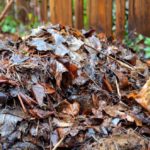
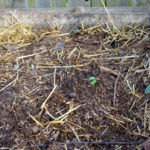
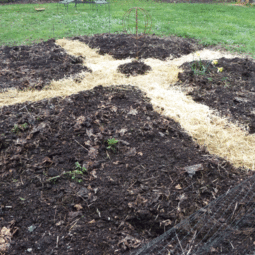
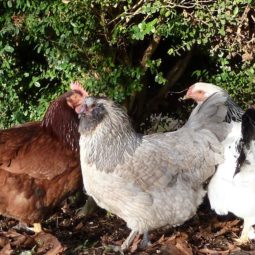
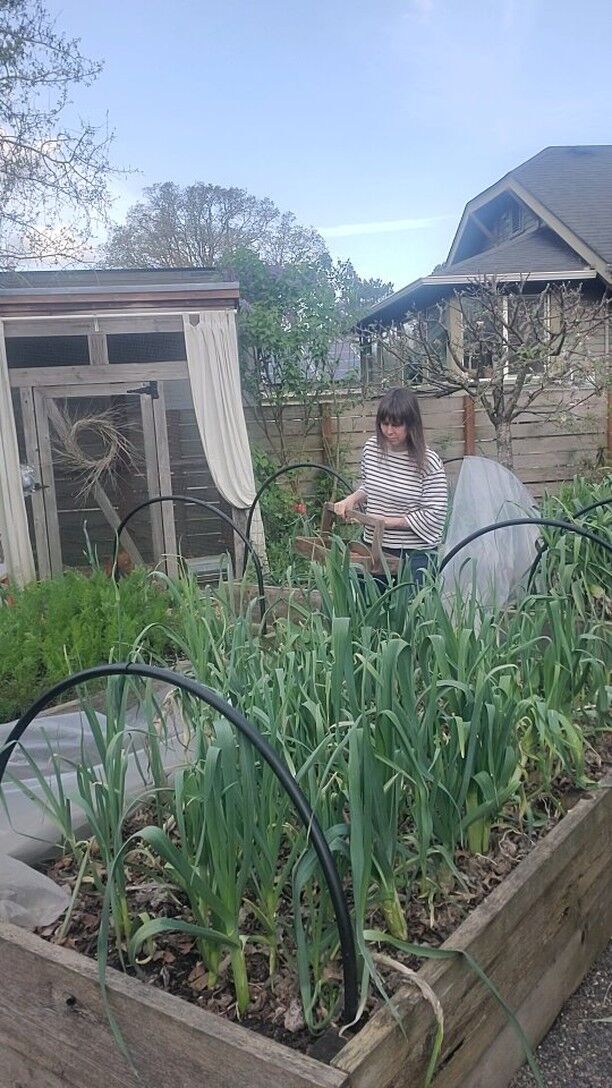
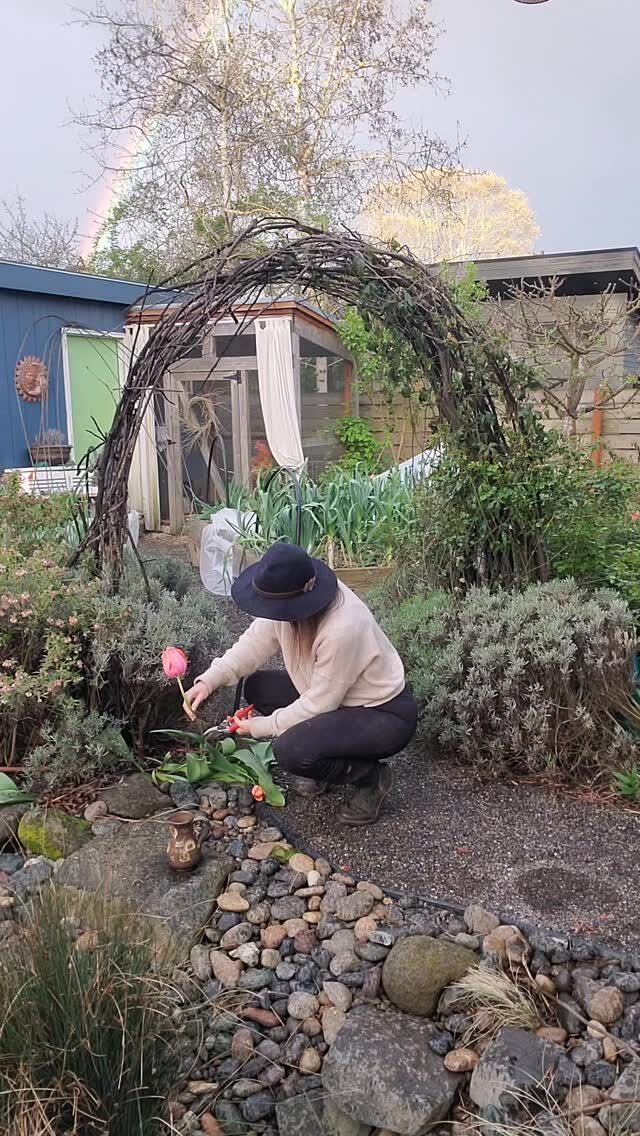
 There's a go
There's a go
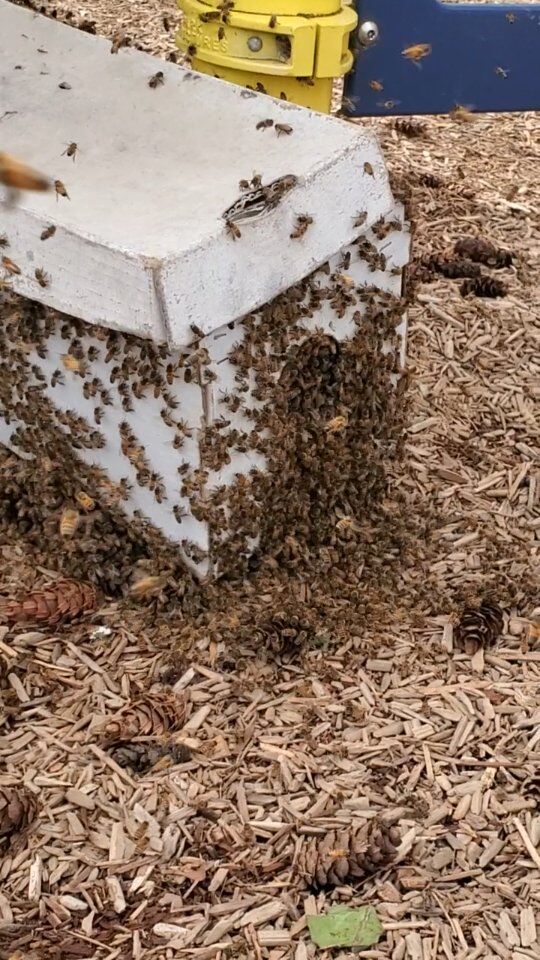
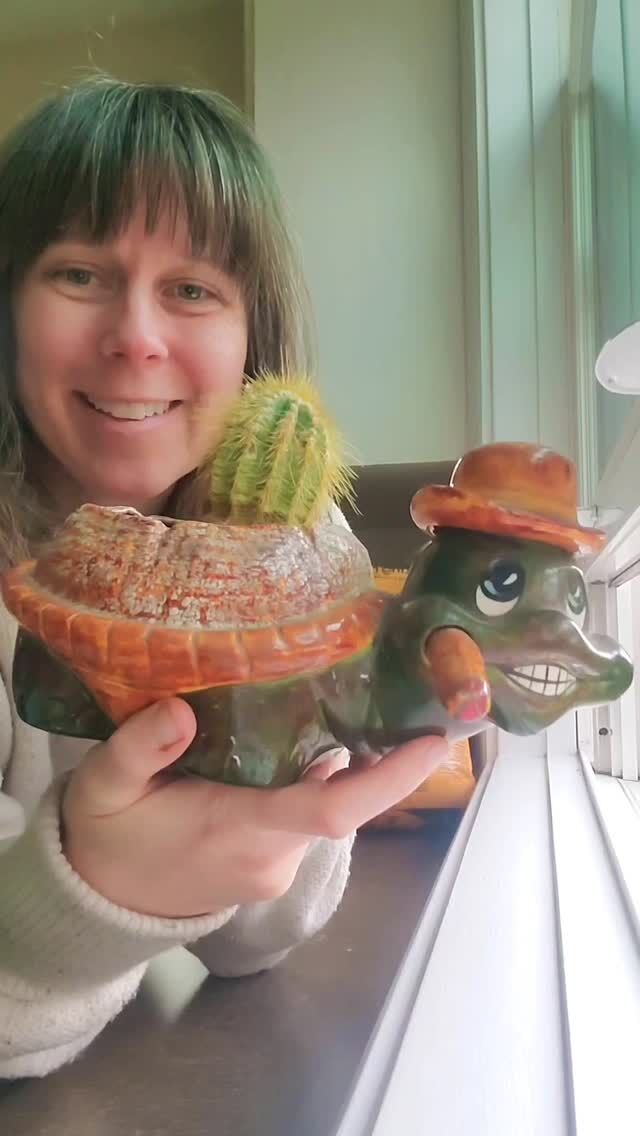
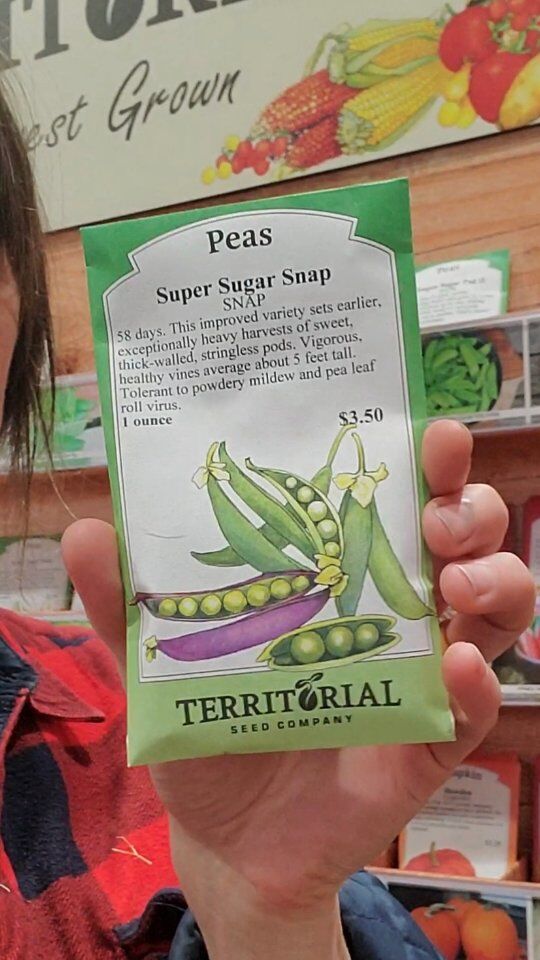

 This has become my
This has become my
 This is from South
This is from South
Nice to see someone who really knows their subject. Good work on this.
This is a great post – well done !
It’s vitally important to keep reminding ourselves that we don’t get anything for nothing.
That… is A LOT of leaves… and a lot of work. Well done!
that is so rad. now i feel better after asking my neighbors on my street to give me all of their leaves that would have gone for curbside yard waste pickup :). i was so psyched to have a gorgeous fat layer for my garden as i don’t have any trees in my back yard.
we need to show this photo to all those folks in irvington bitching about how the city doesn’t pick up all their leaves for free – use ’em baby!
thanks for sharing a great example !!
I have a question about the tires in the photo of your back yard. What are their purpose?I have always thought that they would make great retaining walls but am concerned about leaching.
Kate, I had used the tires to grow potato stacks in. You can read more about that here: http://www.hipchickdigs.com/wordpress/category//potato-tires/
There is so question about what leaches into the soil, which you can read about in the comments. Various sources make claims, but not much scientific research yet.
I’m glad you guys enjoyed this post!
I have 7 chickens and a 20′ x 30′ garden plot in Oregon City. My kitchen scraps go to the chicken pen, and I turn into the soil what doesn’t get eaten. Straw serves as bedding in the coop, and when the coop needs cleaning, I spread it over the garden plot and turn it into the soil. I also need to remove the build up in the pen of organic matter (very full of red wigglers) and add it to the garden plot. The City of Gladstone offers “free for the taking” decomposed leaf matter (very nice) at Meldrum Bar Park. I’ve gotten a half dozen or so pickup loads already. My garden soil is looking pretty good, and the rotten straw laced with chicken manure is a big favorite with the red wrigglers. There are tons of them in every pitchfork that I turn over. Alas, though my chickens started out vegetarian, they are becoming normal and go after the worms. They have learned to stay in my unfenced lot (with many many reminders) and have become good companions while I play in the dirt. That’s all I got. Best to you all.